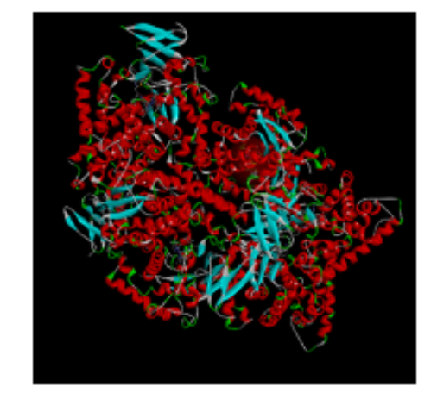


Journal of Pharmaceutical Research
Year: 2024, Volume: 23, Issue: 3, Pages: 174-177
Original Article
Thomas Kurian1,∗, Rani Sebastian2
1Associate Professor, College of Pharmacy, Govt. Medical College, Alappuzha, Kerala, India
2Assistant Professor, College of Pharmacy, Govt. Medical College, Kottayam, Kerala, India
*Corresponding Author
Email: [email protected]
Our study identified seven unique heterocyclic compounds: 2-(m Tolylthio) Chalcone, chitosan oligosaccharide, and 2-hydroxy chalcone. Six-chloropyridine, 4-naphthoquinone, Thiobenzimidazole, 2-thiobenzoxazole, 6-carboxylic acid ethyl ester, and Anthrimide are probable choices that may be found in a chemical database. Posaconazole and Isuvuconazole are reference compounds found in a literature study. The isuvuconazole-bound complex of Acanthamoeba castellanii CYP51 of PDBID 6UX0 is the focus of our investigation. Docking simulations were carried out to evaluate these drugs' binding affinity to the Acanthamoeba castellanii CYP51 complex, using Isuvuconazole as the reference compound. Vina Wizard and PyRX software were used to carry out the docking simulations. Anthrimide, the ligand, demonstrated a binding energy of -10.3 kcal/mol in our data, indicating great promise for treating antifungal diseases in the future. Auto dock further validated this value to be -10.2. Further in vivo testing will confirm the findings of this study.
Keywords: Docking, Amoebic, Encephalitis, Heterocyclic, Antifungal, PyRX
© 2024 Published by Krupanidhi College of Pharmacy. This is an open-access article under the CC BY-NC-ND license (https://creativecommons.org/licenses/by-nc-nd/4.0/)
Subscribe now for latest articles and news.